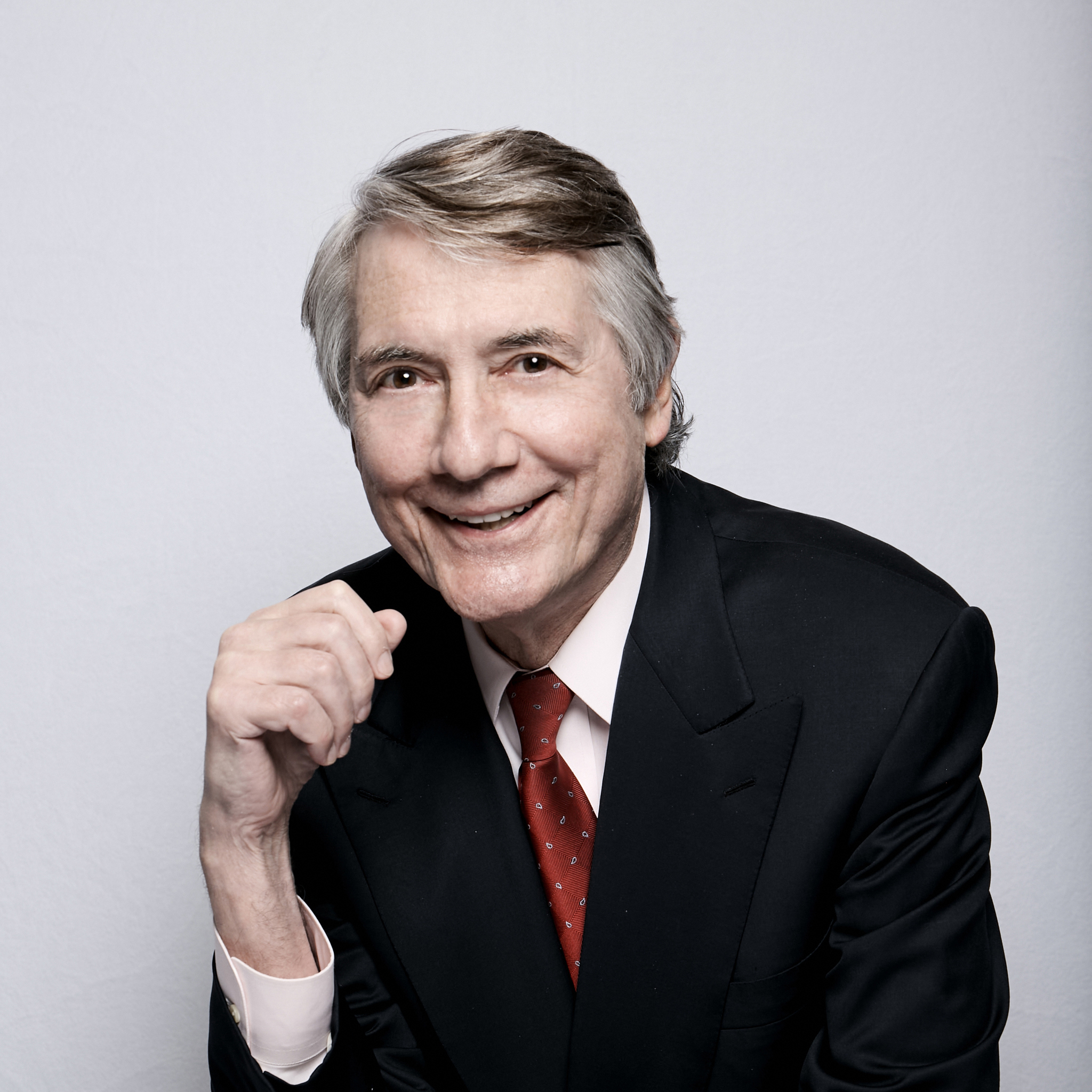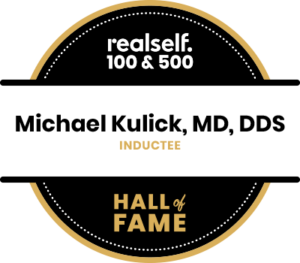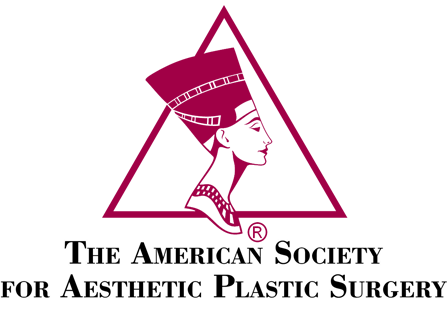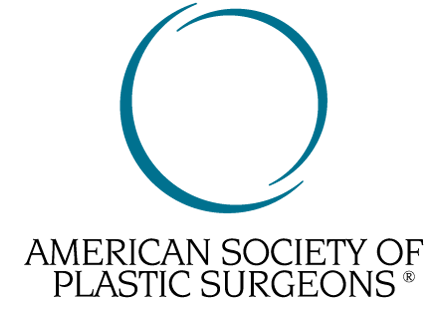When considering what aesthetic qualities we put the highest value on, we naturally gravitate toward symmetry and proportion. Considering the nose is the most prominent facial feature for the majority of people, someone with a nose that is not in harmony with the rest of their face may be weighing their options for a nose job, also called a rhinoplasty. Have Dr. Michael Kulick, board-certified plastic surgeon, provide you with the best rhinoplasty in San Francisco, CA.
Statistics from the American Society of Plastic Surgeons reveal that nose reshaping continues to be one of the most popular procedures in the U.S., with more than 218,000 procedures* performed nationwide in 2017. This guide will provide an overview of what is involved in rhinoplasty surgery, as well as the types of surgery and how to get the best possible experience with your nose job.
What Does Rhinoplasty Entail?
Because every nose is different, there is no such thing as a “one-size-fits-all” rhinoplasty procedure. Depending on your desired outcomes, a rhinoplasty can refine the shape or size of the nose, modify the angle between your nose and upper lip, reduce or increase how much your nose projects from your face or straighten a hooked or crooked nose, among other things.
The most common approach to a nose surgery is called an open rhinoplasty, which takes place through a tiny horizontal incision across the vertical strip of soft tissue that separates the nostrils. Guided by the patient’s wishes, the surgeon will carefully reshape the bones and cartilage to perform the cosmetic correction. Another approach is called a closed rhinoplasty, and as its name suggests, all the incisions are inside the nostrils.
An open rhinoplasty gives the surgeon more control, visibility and precision than a closed rhinoplasty. In contrast, closed rhinoplasties typically entail a shorter operating time, less swelling and a shorter healing process. However, most patients are more concerned with their ultimate result than with how much swelling they had to deal with, so ask your surgeon which approach will deliver you the best outcome.
Communication of Expectations
The skill set of the best nose job doctor is important. However, an important part of this process is the communication of patient expectations and the doctors understanding – a mind meld of sorts. A feature that is helpful is to view potential results is using computer morphing. Your cosmetic surgeon would take a picture of your nose and then using computer modification, provide pictures of what he or she “think” you want based on you consultation. While these potential patient outcomes are helpful, they do not guarantee an expected result. They do provide a pathway for the patient to see potential outcomes of their planned rhinoplasty.
A feature that is helpful is to view potential results is using computer morphing. Your cosmetic surgeon would take a picture of your nose and then using computer modification, provide pictures of what he or she “think” you want based on you consultation. While these potential patient outcomes are helpful, they do not guarantee an expected result. They do provide a pathway for the patient to see potential outcomes of their planned rhinoplasty.
Types of Rhinoplasty
Here is a general overview of some different types of rhinoplasty surgery doctors can perform:
-
Cosmetic Rhinoplasty is an umbrella term to describe any kind of rhinoplasty that has the express purpose of enhancing or reshaping the look of a patient’s nose. Health insurance companies generally classify cosmetic nose jobs as elective, though some people may find their insurance will cover part or all their expenses.
Consulting a qualified, board-certified plastic surgeon is the best way to determine all your options – not only for how rhinoplasty can help you achieve your aesthetic goals, but whether your insurance might help defray the costs of the procedure. -
Reduction Rhinoplasty is for patients who feel their nose is disproportionately larger than the rest of their facial features, and who are seeking a more balanced face. Since many people are self-conscious about the size of their nose, reduction rhinoplasty is one of the most common forms of nose surgery for both men and women.
In a reduction rhinoplasty, many patients choose to reshape the tip and/or the bridge of their nose. For instance, a patient with a bulbous tip or a bumpy bridge of their nose may seek out a reduction rhinoplasty. -
Augmentation Rhinoplasty is to increase the proportion of the nose. This procedure is understandably less popular than reduction rhinoplasty, but is still an option for patients who feel their noses are too small as a result of their unique genetic makeup.
In addition, some patients who have previously had a rhinoplasty done may be dissatisfied with the results if the surgeon who performed their initial nose job removed too much cartilage or tissue, and they may choose to get a follow-up surgery to revise those problems. - Revision Rhinoplasty is a follow-up operation that seeks to correct any problems or complications arising from an original nose job that had less-than-ideal outcomes. The goal of revision rhinoplasty procedures is to return the nose to a more aesthetically pleasing shape, as well as to ensure the airways continue to function properly.
-
Functional Rhinoplasty – Whether they were born with physical deformities or experienced an accident or injury to their nose later in life, some people have difficulty breathing through their noses due to blocked nasal passages. These people may seek a rhinoplasty to restore the proper function of their airways and sinuses, so they can enjoy a better quality of life.
Even if the procedure is deemed medically necessary, many of these patients choose to have some additional cosmetic enhancements as the “silver lining” of having to undergo surgery. -
Non-Surgical Nose Reshaping – There are also makeup techniques and minimally invasive options that provide an alternative for patients who do not wish to undergo surgery.
A liquid rhinoplasty is a non-surgical option that provides temporary reshaping by using injectable dermal fillers to make small adjustments that contour the nose.
Though the results of the procedure are not as dramatic or long-lasting as what you can expect to achieve with nose surgery, liquid nose jobs have become increasingly trendy among patients who only have minor complaints about the proportions of their nose and want to avoid the costs and recovery time associated with a full surgical procedure. The rise of Instagram, Snapchat and “selfie culture” is also driving the popularity of this procedure.** - How many years have you been doing nose jobs?
- Can you show me before-and-after photos of patients whose facial features are like mine?
- Are you board-certified to perform cosmetic surgery?
- Am I a good candidate for a nose job?
- What is the cost of a nose job?
- Do you offer any financing options?
- Where and how will you perform my surgery?
- What risks should I be aware of?
- How would you handle complications that arise during or after the surgery?
- Where will this procedure be performed?
How to Find the Best Cosmetic Surgeon
Because rhinoplasties require an artistic flair, a steady hand and extensive knowledge of facial anatomy and respiratory function, nose job surgeries are one of the most complex and individualized procedures cosmetic surgeons perform. That’s why it’s essential to find a qualified cosmetic surgeon with plenty of experience in performing rhinoplasties.
To get the best outcome from your nose job and find a surgeon you can trust, questions to ask include:
While every patient has different reasons for desiring to alter the size, shape or proportion of their nose, everyone shares the same goal of having a nose that complements their face and functions perfectly well.
With more than two decades of experience as a surgeon, author and lecturer, Dr. Michael Kulick, MD, is one of the most respected and sought-after providers of nose surgery in San Francisco. To discuss Dr. Kulick’s approach to nose jobs, as well as rhinoplasty costs at his San Francisco practice, schedule a consultation.
* Source: American Society of Plastic Surgeons, March 2018
** Source: New York Post, Aug. 11, 2017








